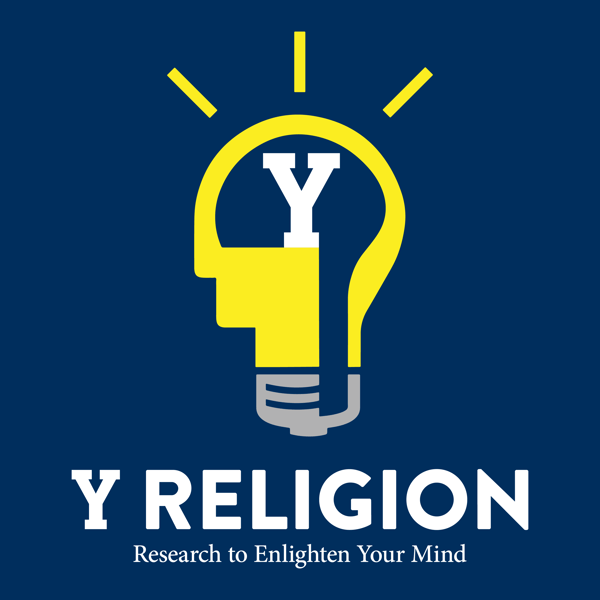Episode 89: The Writings of Abraham (Kerry Muhlestein)
Y Religion
BYU Religious Education
4.8 • 1.7K Ratings
🗓️ 1 October 2023
⏱️ 51 minutes
🧾️ Download transcript
Summary
In July 1835, members of the Church donated money to acquire four Egyptian mummies and a collection of papyrus scrolls from a traveling exhibition. Through revelation, the Prophet Joseph Smith identified that one scroll contained “the writings of Abraham.” But what do we know about the history and context of the papyri? How was it translated? Why was it important for God to reveal the history of Abraham? In this episode, Professor Kerry Muhlestein, an Egyptologist and Abrahamic scholar, discusses his recent book Let’s Talk about the Book of Abraham. He highlights stories of the Book of Abraham, examines the common criticism of authenticity and translation of the papyri, and offers ways to examine the divine text on our own.
Publications:
Let’s Talk About the Book of Abraham (Deseret Book, 2022)
A Guide to the Book of Abraham (BYU Studies, 2023)
Click here to learn more about professor Kerry Muhlestein
Transcript
Click on a timestamp to play from that location
| 0:00.0 | Hi there my Y religion friends Professor Anthony Swet here from the |
| 0:02.8 | church history and doctrine welcome to another great episode of the |
| 0:06.1 | podcast. I personally don't remember the first time that I ever came across the |
| 0:11.9 | Book of Abraham, But I do remember being blown away by something about it. |
| 0:18.0 | It was a revolutionary book of scripture to me as a young man because drum roll here it had pictures finally |
| 0:25.8 | scriptures with some illustrations I mean come on this book just has to be |
| 0:32.2 | divine I was enthralled. The images are in fact |
| 0:36.4 | fascinating. They call them the facsimiles that are in the book of Abraham. |
| 0:40.9 | One of those images represents the idolatist priests trying to sacrifice |
| 0:46.0 | Abraham to some false gods. One of them, which is called the hypocephalus, represents |
| 0:51.4 | sacred or eternal knowledge, and one of them represents Abraham sitting |
| 0:55.8 | on a throne with a priesthood crown. |
| 0:58.7 | There is a deliberate and specific order and purpose to those images. Think about that, one, be willing to sacrifice for God. |
| 1:06.2 | Two, gain eternal knowledge. Three, receive a priesthood crown as a king. In fact the entire narrative of the book of Abraham |
| 1:15.4 | follows a similar logical and yes temple flow to it in my view. In chapter one |
| 1:21.7 | Abraham receives the priesthood and proves he is faithful. In chapter |
| 1:26.4 | two he marries into the New and Everlasting Covenant with Surai and then he receives all the promises |
| 1:32.1 | of exaltation or the Abrahamic Covenant. |
| 1:35.1 | In chapters 3 through 5, he's then taught about God's plan, |
| 1:38.9 | pre- mortality, the purpose of life, the creation, the fall of Adam and Eve. |
| 1:43.0 | Joseph Smith said that he had further extracts to translate from the Book of Abraham, |
| 1:48.0 | but he was never able to finish it before he was martyred. |
... |
Please login to see the full transcript.
Disclaimer: The podcast and artwork embedded on this page are from BYU Religious Education, and are the property of its owner and not affiliated with or endorsed by Tapesearch.
Generated transcripts are the property of BYU Religious Education and are distributed freely under the Fair Use doctrine. Transcripts generated by Tapesearch are not guaranteed to be accurate.
Copyright © Tapesearch 2025.

